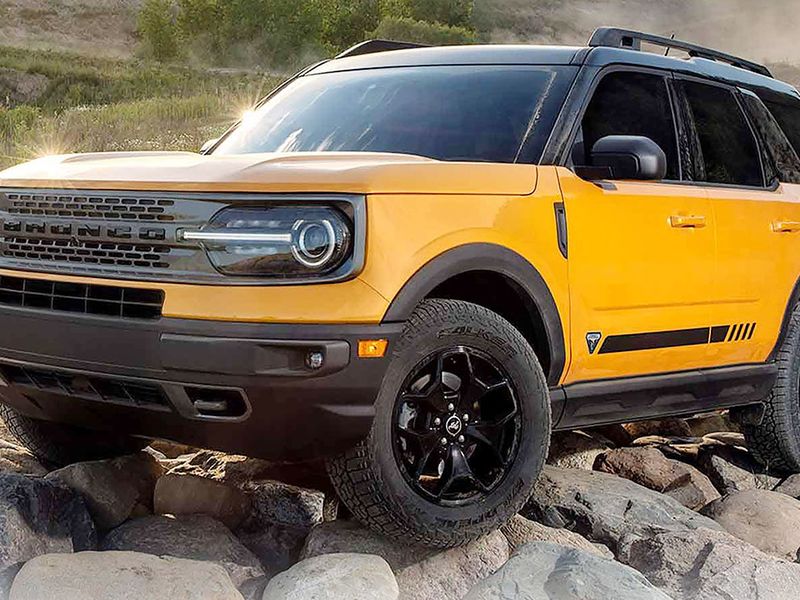
DETROIT — Ford Motor Co.’s new Bronco Sport crossover didn’t initially resemble the boxy, rugged vehicle that’s now reaching dealerships.
In 2017, the program was still lacking direction, with senior management unimpressed by early sketches showing a sleeker, more athletic-looking utility.
That’s when Jim Farley stepped in.
The future CEO encouraged designers to take a step back and distill their vision into two words. After the team chose “honest” and “robust,” they started what’s known as a sketch blitz, opening up the process to employees working on other programs in an effort to spark creativity and strike design gold.
Brian Paik, a designer for the larger Bronco SUV, joined the blitz and ultimately penned the winning drawing.
“There was a push to inject more Bronco DNA,” said Paik, who later became the Bronco Sport’s head exterior designer. “We really wanted to redact any kind of stylized, unnecessary features and really give it a purpose-built feel. Once the sketch was picked and we went to a clay model, there was kind of an agreement that this felt right.”
It’s at least the second time in recent years that Farley helped course-correct a new vehicle program. He’s also credited with helping Ford’s electric-vehicle team to “think Mustang” while designing what would become the Mustang Mach-E.
Scott Anderson, the Bronco Sport’s interior design manager, said Farley’s advice lit a fire under the team.
“Focusing on those two simple words really got everybody narrowed down onto one train of thought and really created the right conditions for drawing just the right sketches,” he said. “Farley’s a really good product guy. Providing clarity of vision is what his job is. That was a moment where, at this program, the collective group heard those words, internalized it and made a very clear decision on which way to go.”
The “honest” and “robust” inspiration starts when you look at the vehicle, Paik says.
The Bronco Sport stands upright and was crafted with short front and rear overhangs and a safari-style roof that’s higher in the back, allowing for more headroom and storage space.
“A lot of the SUVs out there today are stylized,” Paik said. “Maybe like an athletic shoe or a trainer. We knew Bronco was not supposed to be that. It lived in a different space that was much more purpose-built. It made a lot of sense to adapt the Bronco language onto the Sport.”
Inside the vehicle, the team added a number of features that clearly communicated its off-road capabilities. Some models come with washable rubber flooring in the cabin and cargo area, as well as LED lights in the tailgate that can be angled outward to illuminate a dark campsite.
The seatbacks of certain variants come with the kind of straps typically found on hiking or military backpacks so owners have a place to store flashlights, cups or other small items. There’s even a bottle opener that’s exposed by lifting the tailgate.
“Authenticity was really important,” Anderson said. “We wanted to showcase function, not hide from it.”
Paik said he never expected to work on the Bronco Sport program but couldn’t resist joining the sketch blitz.
“It’s one of the big thrills of car design,” he said. “You’re going all out, you’re pumping out ideas, really trying to hit the bull’s-eye on the design. You give it 200 percent.”
On both the Bronco and Bronco Sport programs, designers spent considerable time with potential customers to learn how they would use the vehicles, which Paik said influenced his thinking. In the case of the Bronco Sport, the teams were mindful that the vehicle had to stand apart from its larger sibling but also be capable enough to belong in the Bronco family.
“There was a good sense of urgency to get it right,” Paik said. “Jim definitely brought that to the studio.”